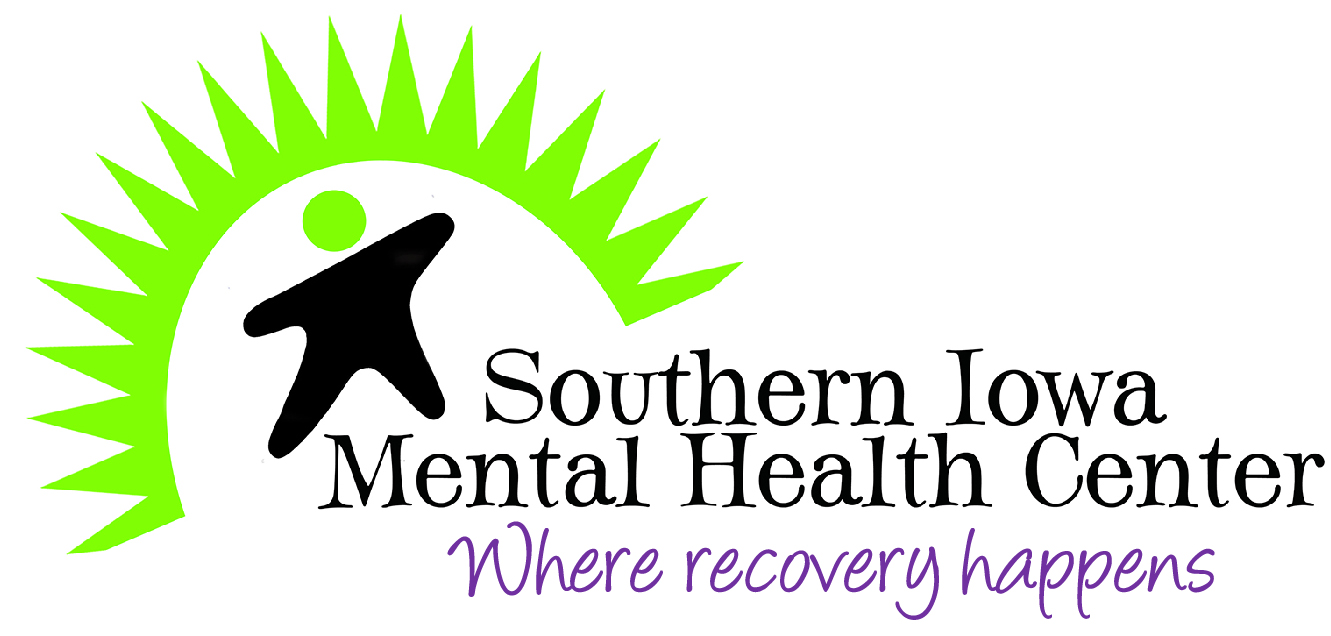‘Stepped’ Approach to Treating Diabetic Eye Disease May Be Best

FRIDAY, July 15, 2022 (HealthDay News) -- An off-brand medication for diabetic macular edema might prove just as effective in early treatment as its more expensive alternative, potentially saving patients thousands of dollars, new research suggests.
The vision condition is a common complication of poorly controlled diabetes, which can damage blood vessels at the back of the eyeball and trigger swelling in the middle of the retina. That can cause blurred vision and even total vision loss. The fluid build-up is usually treated with a class of medications called anti-vascular endothelial growth factor (VEGF) drugs that are injected directly into the retina.
The new study suggests that a stepped approach (where a less expensive treatment is tried first) to treating the condition may be more effective than rushing patients into taking expensive drugs at the first sign of trouble.
The study, published July 14 in the New England Journal of Medicine, found that anti-VEGF drugs like Avastin and Eylea improved vision in people with the condition. But the two treatments are not interchangeable. Eylea is approved by the U.S. Food and Drug Administration and has better results on average, but off-label use of Avastin is much less expensive and some insurers require it as a first-line treatment for diabetic macular edema.
“Our study showed that switching treatments when needed is a reasonable strategy,” said study author Dr. Chirag Jhaveri, a retina surgeon with Retina Consultants of Austin, Texas. “Insurance companies often require clinicians to start with the less expensive treatment, so we really wanted to see how a specific treatment strategy using this approach would affect patient care.”
For the study, the researchers examined 270 volunteers with diabetic macular edema and treated half of the eyes with Eylea and treated the other half with Avastin every four weeks for 24 weeks. If the Avastin group failed to reach improvement benchmarks by 12 weeks into the study, then those eyes were switched to Eylea.
After two years, eyes in both groups had similar outcomes, improving by an average of three lines on an eye chart compared to when they began the treatments. Seventy percent of the eyes in the Avastin group were switched to Eylea during the study.
“While most participants on Avastin eventually switched to Eylea, they still had improvement during those initial weeks, even if they didn’t hit our pre-set benchmarks,” researcher Adam Glassman, director of the DRCR Retina Network coordinating center, said in a U.S. National Eye Institute news release. The institute funded the study.
“We’ve demonstrated here one method to managing a step treatment, where the outcomes are similar to the best existing treatment protocol with Eylea,” said Dr. Jennifer Sun, of Joslin Diabetes Center in Boston and chair of diabetes initiatives for the DRCR Retina Network. “Any time we can add to a clinician’s toolbox, whether it’s a new medication or a new approach to using existing medications, as in this study, it’s a benefit for patients.”
More information
Visit the U.S. National Eye Institute to learn more about how to keep your eyes healthy.
SOURCE: U.S. National Eye Institute, news release, July 14, 2022
Was this page helpful?
Related Posts
AHA News: 3 años de COVID-19: aprendiendo a vivir en un mundo reconfigurado por la pandemia
JUEVES, 9 de marzo de 2023 (American Heart Association News) -- El 11 de marzo...
Two New Omicron Subvariants Fueling COVID-19 Infections in New York State
THURSDAY, April 14, 2022 (HealthDay News) -- Rising COVID-19 infections in New...
CDC Panel: Add COVID-19 Shot to Routine Vaccine Schedule
FRIDAY, Oct. 21, 2022 (HealthDay News) – In a unanimous vote on Thursday, a...
Certain Tests for Pregnancy, Ovulation, UTIs Should Not Be Used, FDA Warns
MONDAY, Aug. 14, 2023 (HealthDay News) -- The U.S. Food and Drug Administration...
